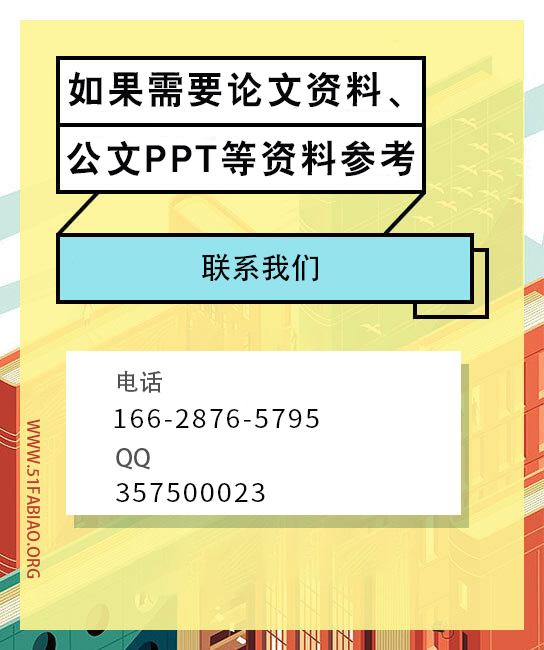印度纺织工业约占到工业生产中14%,对该国的国内生产总值 (GDP)贡献 4%,占该国的出口收入的17%。这其中大约 45%来自服装出口单。新德里、 孟买、 曼古、 班加罗尔和钦奈是五个主要的服装生产中心,生产专供出口市场。
Karnataka has a sizeable presence in the garments and textiles sector; many well-known multinational brands have chosen this state to set up their global sourcing centres. (Source: Central Statistical Organisation (CSO))
As of March 2008, textile industry provides direct employment to over 35 million people and is the second largest provider of employment after agriculture. In addition to direct employment, the industry generates significant employment through forward and backward linkages, both in traditional activities like production of cotton and other natural fibers and in modern industries like textile design and fashions. Apart from the employment potential, the large number of skilled and unskilled activities in the industry makes the sector extremely important from the perspective of inclusive growth. (Source: office of textile commissioner).
The apparel sector has over 25000 domestic manufacturers, 48,000 fabricators and around 4000 manufacturers/exporters. Over 80% of these are small operations (less than 20 machines) and are proprietorship or partnership firms. In 2001, GOI de-notified RMG products from SSI reservation list for obvious reasons. As stated before, cotton apparels constitute major part of India's apparel exports, although cotton appears to be out-thing in current global markets with share declining from 50% in 1982 to 38% in 2003. The export product mix of India is quite interesting with low and mid priced products and also high fashion items. (Source: Rk Gupta Paper)
According to the Ministry of Textiles, the cumulative production of cloth during April'09-March'10 has increased by 8.3 per cent as compared to the corresponding period of the previous year. Garment is the major export product of Indian T&C industry, constituting 43% by value of the total T&C exports in 2007-08, followed by Made-ups (16%),Yarn (14%) and Fabric (14%). EU27 is the largest export market for Indian T&C products, with a share of 33% by value of the total T&C exports in 2007-08;UK alone accounts for 7.5% of India's total T&C export value.US is the second largest export market with a share of 21% by value of total T&C exports in 2007-08. Other important export markets are UAE, China, Italy, Bangladesh and Japan.
Today China's Apparel exports are touching $ 50 billion followed by Mexico (over $ 8 billion) followed in the third place with countries like India ($ 6 billion), Sri Lanka and Bangladesh ($ 5-6 billion). But along with huge opportunity there is a threat of increased commodisation of mainstream garments, global competition from China and other countries. Consequently, Indian Apparel companies are forced to reduce their cost of production and to innovate if they are to stake out new markets.
According to one Industry estimates, India can reach the target of US$25 billion by the year 2010 up from US$6 billion at present. But looking at present scenario, the real question is whether India will move from current level to $ 8-9 billion by 2010 or 25 billion by 2010.
India's Apparel Industry has many advantages: Competitive labour costs, abundant raw materials (world's third largest producer of raw cotton), local textile production, and skilled designers.
2.1.2 SWOT Analysis of Indian Garments Industry:
Strengths:
a) Strong raw material base:
Indian has the largest area under cultivation for cotton across the world and is the world's third largest producer of cotton after China and US. It is the most dominant fiber in the garment industry and cotton garments account for nearly 75% of the total Indian apparel exports.
India is also one of the largest producers of man made fiber, however this has not translated into significant advantage as Indian companies are not cost competitive due to high degre


